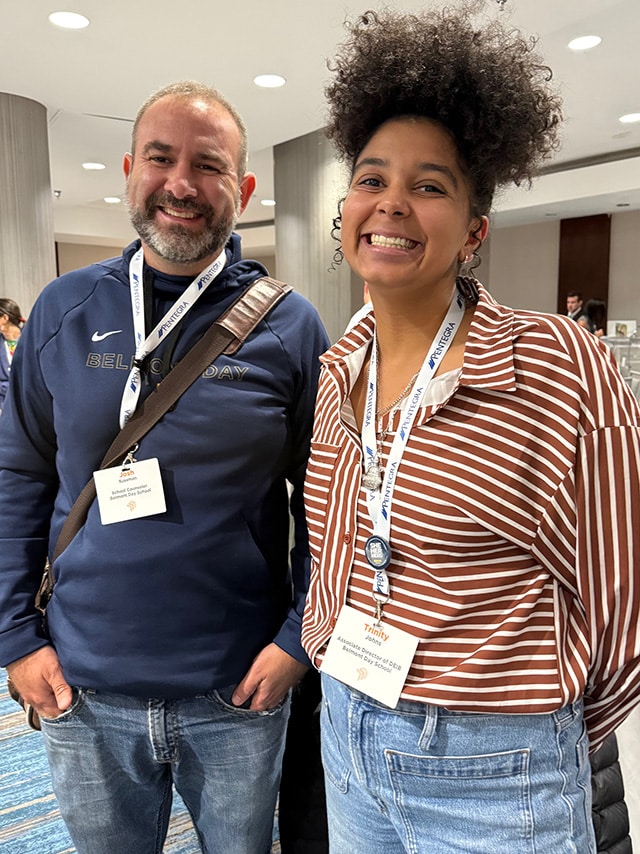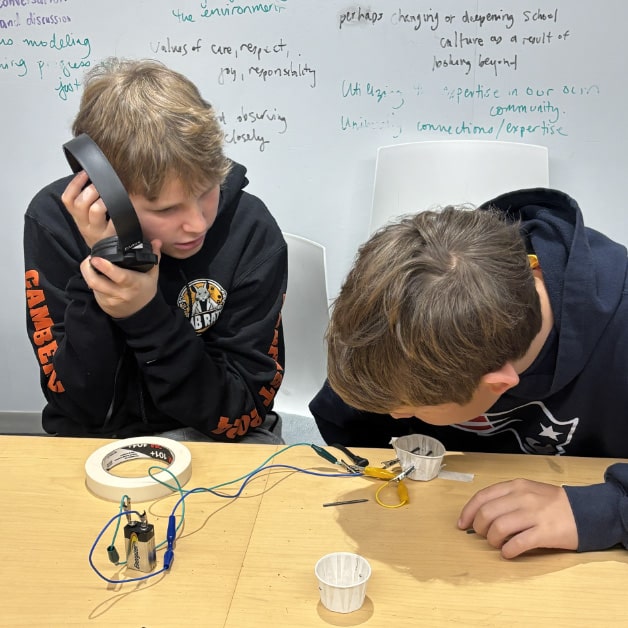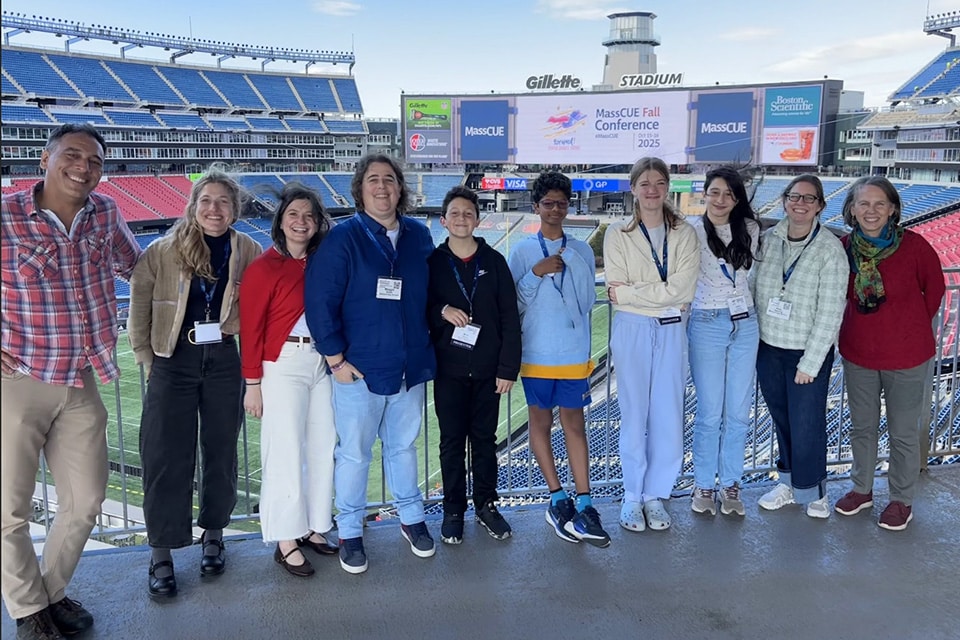With the switch to offsite learning due to the coronavirus outbreak, our faculty will be sharing various curriculum highlights from their “classrooms” over the coming weeks.
Sixth Graders Prepare for Freedom Week
Our sixth graders are throwing themselves into their civil rights projects, which they will share with families during Freedom Week, May 26-29. Students have designed their own projects connected to the issues and situations they have been studying in their civil rights unit. Some students are digging deeply into events or people they have begun to learn about such as Birmingham, Selma, Little Rock, the Freedom Rides, Gandhi. Others are pursuing topics ranging from the Black Lives Matter and MeToo movements to access to medical education, Madame CJ Walker, race and Vietnam, the Equal Pay Act, and the legacy of Harvey Milk. The forms of the students’ projects include poetry anthologies, children’s books, models, paintings, research reports, quilting, and musical compositions.
Ordinarily, these projects would be shared with families as one part of Freedom Night, in an open gallery format. This spring, the projects will be available online beginning Tuesday, May 26, and during the rest of the week, the students’ families will be able to visit with the student experts in virtual small group sessions on Wednesday, Thursday, and Friday.
– Dean Spencer, middle school social studies teacher
Seventh Grade Studies the Science of Population
Since our return from April break, the seventh grade has been studying population dynamics. Some of the questions were tackling are: What are the factors that act to allow a population to be successful? What are the factors that keep a population in check and prevent it from growing out of control? What is the carrying capacity of a population? The students have been discussing these questions while looking at various populations including humans. Using lessons and material from populationeducation.org students learned about the advances that have allowed our planet to increase the number of inhabitants. At the same time, students discussed the challenges we have encountered along the way as well as the challenges we will face in the future as we continue to increase our population and determine the carrying capacity of humans on the planet. Ask a seventh grader what country is expected to surpass the United States to become one of the three most populous countries in the world by the year 2050.
– Sandra Trentowski, grade 7 & 8 science teacher
Fifth Grade Studies Home and Designing with Dignity
As they study migration to and through the United States, fifth graders have been asking themselves “What is home? Why do people leave theirs, and how do we create new ones?” These questions have taken on new significance as we shelter in place; there has never been a more salient moment to explore what “home” means to us, and to investigate the pre-existing inequalities exposed by COVID-19. For the past month, fifth graders have turned their attention to the issue of homelessness in the Boston area. Currently, they are researching temporary and permanent housing solutions in Boston and beyond, and designing their own models. This week, they presented their first prototype and received feedback from classmates. This weekend, they will compare their model to examples from San Francisco and refugee communities and make changes.
– Julia Juster, grade 5 teacher
Arts: Woodworking Takes on Basics of CAD
In the grades 7 and 8 arts elective, woodworking, the students have shifted from crafting tables and clocks to learning the online tool, SketchUp. The students are getting accustomed to using the various tools of a CAD (computer-assisted design) program. They started learning basic drawing tools to create lines, squares, and circles. They quickly progressed to more complicated designs and forms such as rotations, offsets, polygrams, and lettering. The student then used their growing skills to create designs for signs and houses.
– Bill Smith, woodworking and 21st century skills teacher
Kindergarten Gets to See Inside With a Radiologist
The kindergarteners are learning about helpers in our community and their impact on our lives. One of the professions that the kindergartner students chose to learn more about is the work of a radiologist. On Wednesday, the class welcomed BDS parent Dr. Michele Walters (mother of Henry and Jack Matheney) who is a pediatric radiologist at Boston Children’s Hospital. Via Zoom, Dr. Walters explained her work and how she and her colleagues help people every day. She showed the students pictures of where she works, the equipment she uses, and a whole bunch of interesting x-ray images.
– Tatiana Cochis, associate teacher with kindergarten
Third Grade Celebrates ‘Person of the Week’
Third graders have continued our beloved Person of the Week celebrations during our class meetings. During this time, the student being honored shares photos of who and what they hold most dear. The rest of the class then has the opportunity to ask questions. At the end of the celebration, each member of the third grade community offers a comment, “You are special because…” Third graders and several members of the BDS community have participated over the years and have found the Person of the Week celebration to be an uplifting experience that acknowledges some of what makes us each a unique and important part of our community.
– Leigh Twarog and Larissa Rochford, grade 3 teachers
French, Fruit, and Fun for Pre-K and K
Pre-Kindergarten and kindergarten students have recently been working on learning French words fruits and facial features. To combine these vocabulary lessons, the students were challenged to describe “fruit faces” after the 16th-century painter Giuseppe Arcimboldo. The photo is the work of kindergartner Alexis Franklyn, and mom shares that, “the activity turned into a fun snack time.”
– Nathalie Pellenq, lower school French teacher



